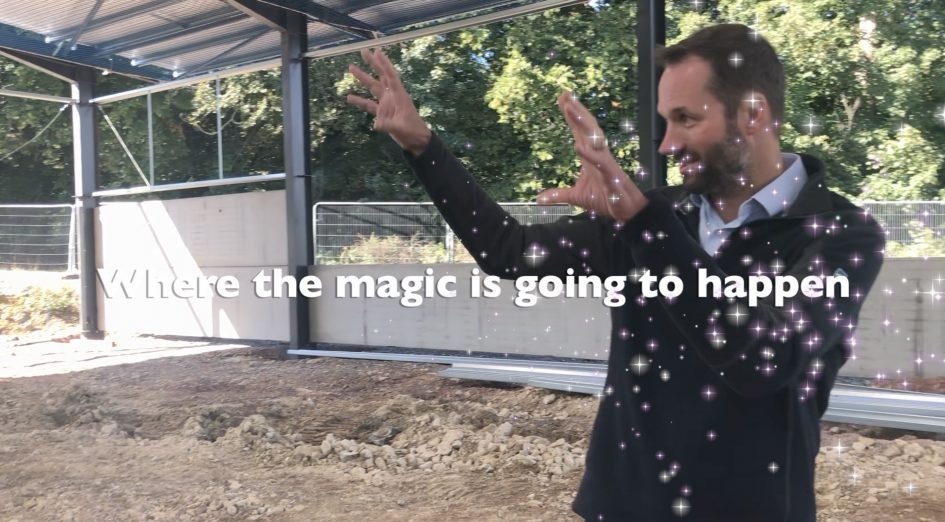Thermal modification is an amazing process, but it is a bit of a mouthful and takes up a lot of Twitter characters. To get around this I have taken to just describing it as ‘Magic’. It started as a flippant comment but it seems to have stuck.
In a way, it is a kind of magic if it means we can use more locally-grown wood to make the buildings we need. There is wizardry in transforming unpopular British-grown woods like ash, poplar and sycamore into desirable timber cladding, decking and joinery – that is stable, durable and consistent all at the same time.
Could this sorcery also reduce the environmental impact of the timber we use in our buildings?
Compare it to old growth timber imported from thousands of miles away and I am confident that the answer is yes. In fact, we have some good data to back this up.
While making a short film about the progress of our new Brimstone production unit, which will be the UK’s first thermal modification plant, I excitedly said “this is where the magic is going to happen.” Afterwards, the Vastern Marketing Team (Jenny) went to town and added some sparkles into the video. I drew the line at adding a pointy hat.
The magic of thermal modification is how it transforms lesser-used woods, like ash, poplar and sycamore, into useful and long-lasting timber that will remain on buildings for many decades. Surely, it’s magic if it means you can use locally grown wood in place of less sustainable options and, at the same time, know that your money is contributing to conservation and management in your local woodlands.
It’s one (almost) magical solution to the problem we face – that we need materials to build with that don’t destroy the planet we live on.
That’s why I’ve decided to paint “THIS IS WHERE THE MAGIC HAPPENS” in huge letters outside our new thermal modification plant. I might even wear a pointy hat to turn the Magic Machine on for the first time.

